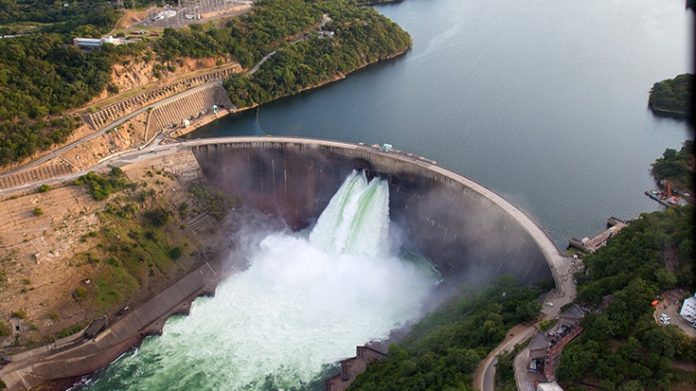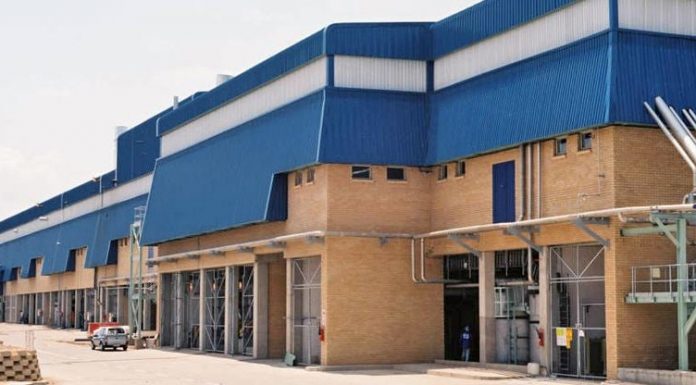Talkmore Gandiwa
The Zambezi Watercourse Commission has delivered five endorsement letters to Africa Development Bank as part of the requirements needed to unlock funds that are part of a multi-million-dollar fund for the Programme for Integrated Development and Adaptation to Climate Change capital projects.
The PIDACC-Zambezi is a programme initiated through the Zamcom established through an agreement between eight SADC countries — Angola, Botswana, Malawi, Mozambique, Namibia, Tanzania, Zambia and Zimbabwe.
It was established in 2014 based on an agreement that was signed in 2004.
The PIDACC-Zambezi is expected to initiate capital projects along the watercourse through loans, according to the same project implemented in the Niger Delta in West Africa.
In an interview, Zamcom spokesperson Leonissah Abwino-Munjoma confirmed to the Anchor the latest developments of the five signed endorsement letters.
“On PIDACC, we now have five endorsement letters from Botswana, Namibia, Tanzania, Zambia and Zimbabwe. We will now be submitting all these to the AFDB,” Abwino-Munjoma said.
Five endorsement letters out of the initial eight countries are required to be submitted to the AFDB for the funds to be rolled out to the countries.
The PIDACC programme is part of Zamcom’s key mandate of creating development instruments of cooperation between riparian states to source investment for growth projects. Riparian states refer to countries that share a common water body.
Zamcom is working with strategic partners, the Global Mechanism of the United Nations Convention to Combat Desertification (GM-UNCCD) and the Climate Resilient Infrastructure Development Facility (CRIDF).
The GM-UNCCD and CRIDF have recently poured in close to US$600 000 with some of these funds having been used for the pre-feasibility study as part of preparation for PIDACC Zambezi.
The AfDB is funding the feasibility study and then the full-scale PIDACC Zambezi programme.
For Zimbabwe, the grants would be inadequate for capital projects like the Gwayi-Shangaani Dam in Matabeleland and Dande Dam in Mashonaland Central.
Upon Zimbabwe submitting its endorsement letter, the government said it has come up with documentation outlining projects that will be earmarked for the programme and expect the program to be beneficial to the people of Zimbabwe.
Zambia was the first member state to endorse the project followed by Botswana in submitting its endorsement letter while Zimbabwe followed suit in submitting.
Statistics show that above 96 percent of small scale farmer’s benefit from the Zambezi watercourse as they engage in their projects.
The river flows some 32km before entering Angola, through which it runs for more than 282 km and in this first section, the river is met by more than a dozen tributaries of varying sizes.
After re-entering Zambia, the Zambezi River flows over the Chavuma Falls arriving into a broad region of hummocky, sand-covered floodplains, the largest of which is the Barotse, or Zambezi Plain.
The main tributaries intersecting the river along the plains are the Kabompo River from the east and the larger Lungué-Bungo (Lungwebungo) River from Angola in the west.
The Zambezi then reaches a stretch of rapids that extends from Ngonye (Sioma) Falls south to the Katima Mulilo Rapids, after which for about 129 km it forms the border between Zambia to the north and the eastern Caprivi Strip of Namibia.









